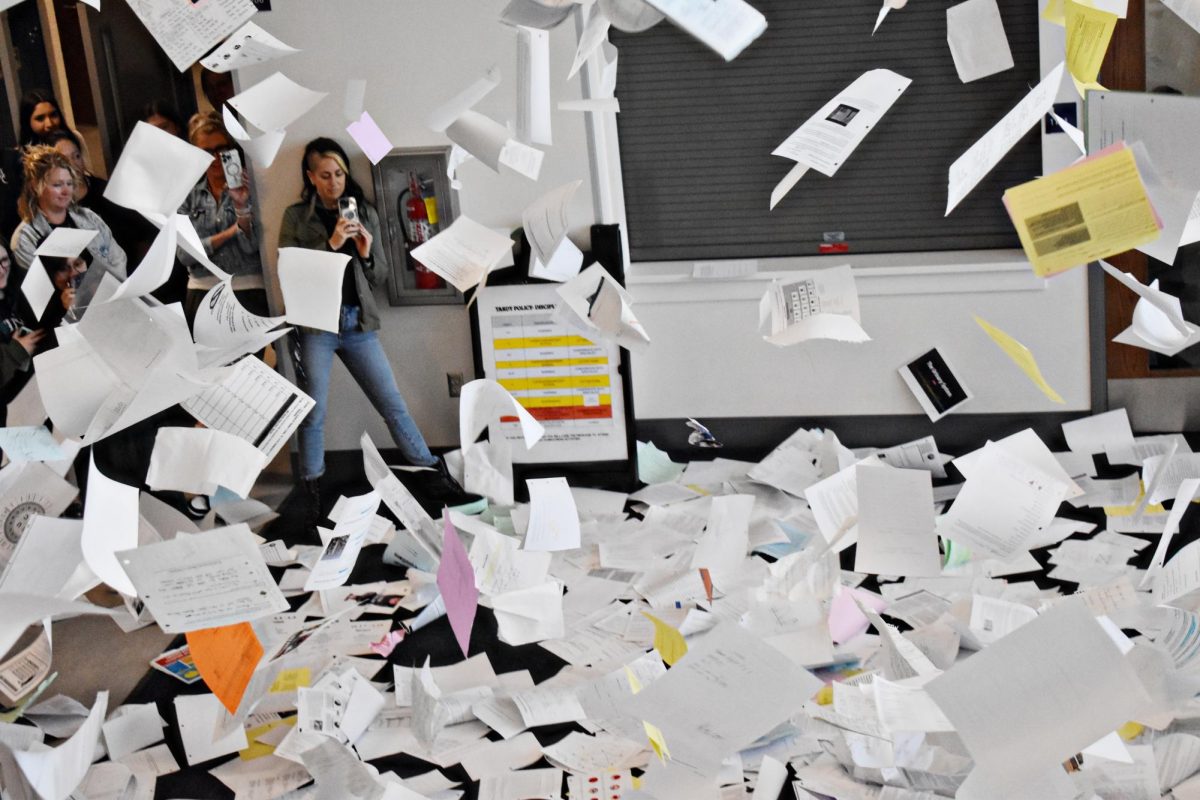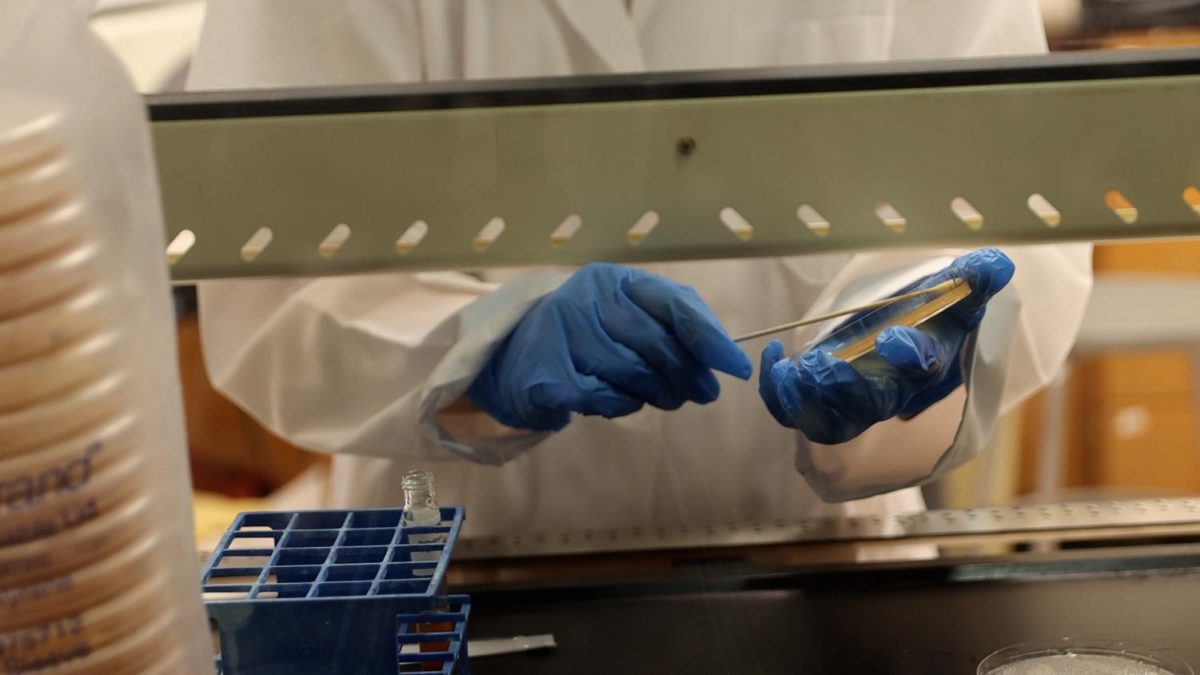In recent years, technology has become an increasingly popular resource in multiple levels of education across school districts. Using technology for educational purposes can increase access to educational websites and allow students to digitally turn in assignments. However, despite the positives to using technology, there are also some negatives.
The hourly use of technology varies for different people. According to a survey sent to Wayland High School students, some students’ outside of school screen time is one to two hours, while others use their screens for more than 10 hours.
“Before my sports season, I’d come home after school and [my screen time] would be four hours,” freshman Aine Chase said. “Now, [because of] sports, I don’t really have time after practice because I have to do homework, eat dinner, shower and more. [My screen time] is now around two to three hours.”
Along with using screens at school, some students turn to social media or alternate internet resources as a way of relaxing at the end of the day. However, some students find that using screens for leisure activities can result in them procrastinating schoolwork.
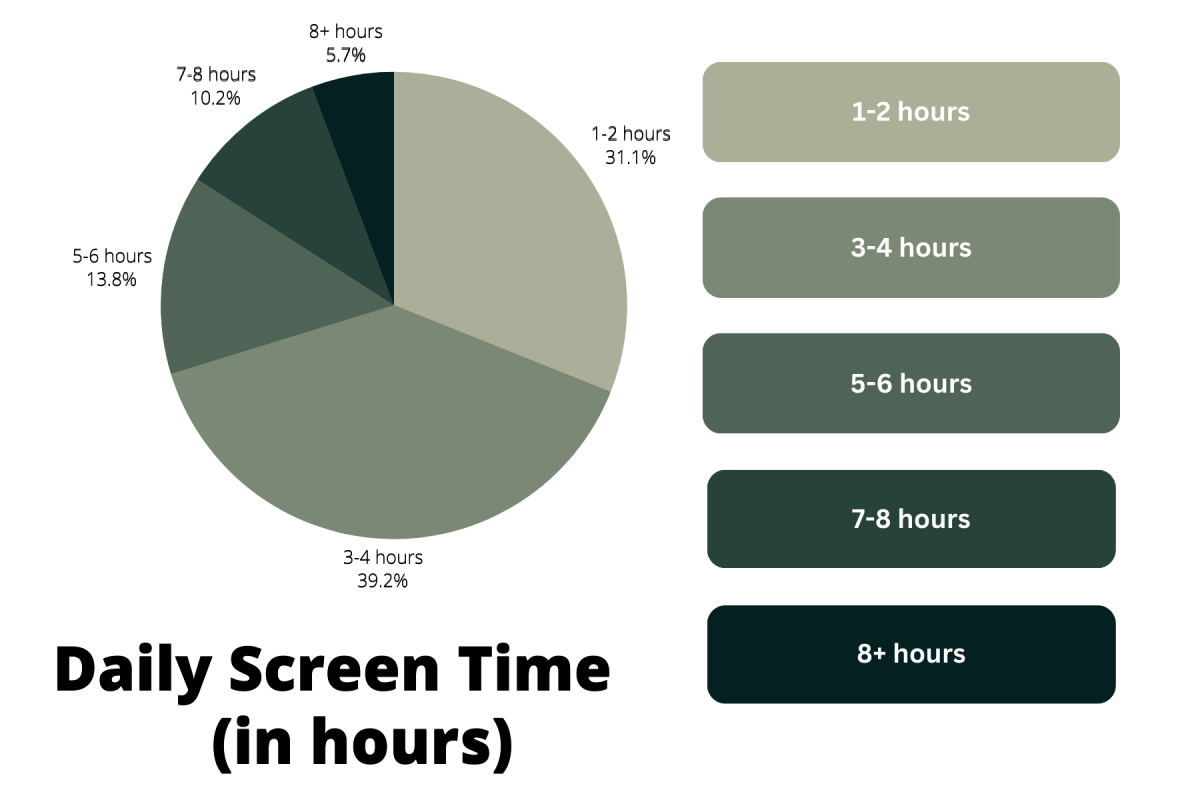
“My most used app is TikTok,” Chase said. “If I deleted TikTok, I think I would have way less screen time. It also makes me procrastinate and that’s not good. TikTok takes up too much space in my brain.”
Additionally, some students and adults use technology immediately when they wake up and right before bed. According to experts, screens radiate a light ray known as blue light, which can cause a person to have issues falling asleep. Having less sleep can result in a loss of focus during classes.
“[Technology] reduces your ability to go to sleep and that’s really carried by blue light,” Ophthalmologist, Neuroscientist and surgeon Eric Gaier said. “Blue light is the absolute worst when it comes to keeping us up. If you look at a screen that is not filtered in some way, it’ll keep you up for an hour. That also will affect [a student’s] learning if they’re not sleeping well.”
The combined hours between using electronics at school and home can result in various physical issues, including eye strain, myopia (nearsightedness) and amblyopia (lazy eye).
“One of the ways in which screens have an effect is by accelerating elongation or growth of the eye,” Gaier said. “This leads to a need for glasses, specifically a need to wear glasses in order to [see clearly] in the distance, also called nearsightedness or myopia.”
Some people use eye protection, such as blue light glasses, to prevent the harmful rays that come from technology, but some doctors say that there are other precautions that people should take. To protect eyes from screens, people can change their screen’s display to night shift, which contrasts the blue light by turning the screen yellow.
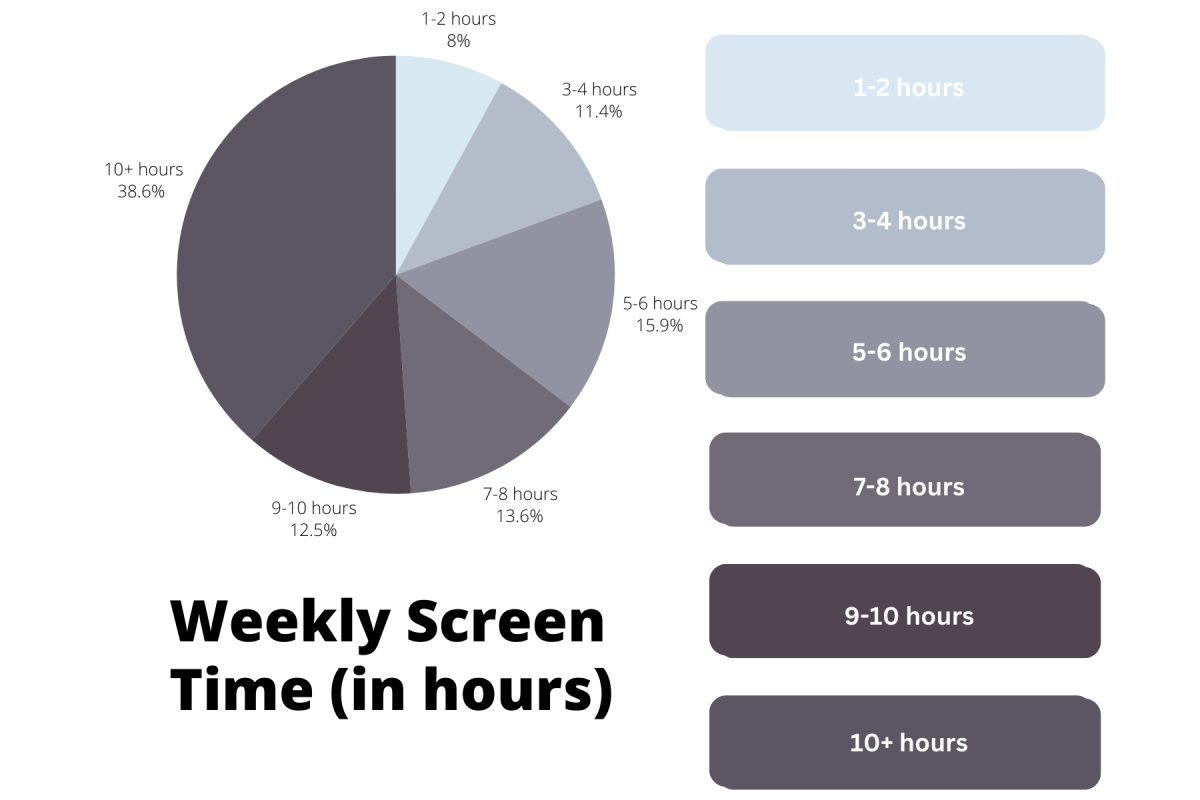
“There’s been no evidence that blue filtering glasses help with [prevention of blue light],” Gaier said. If you really want to do something about [reducing blue light], just reduce the blue filter, or the blue channel on your screen, and there are apps that are sometimes built into devices that’ll do that.”
In an effort to decrease students’ screen time, some teachers have tried to resort back to using paper for more assignments. However, some other teachers believe that turning away from screens would make teaching and grading more difficult. Some teachers use Google Classroom, Home Access Center and other online platforms to manage a majority of the students’ work and grades.
“Teachers would have to make sure students have all of those paper resources,” librarian Jennifer McGillis said. “It would take time to find them, copy them, and make sure everyone has enough copies.”
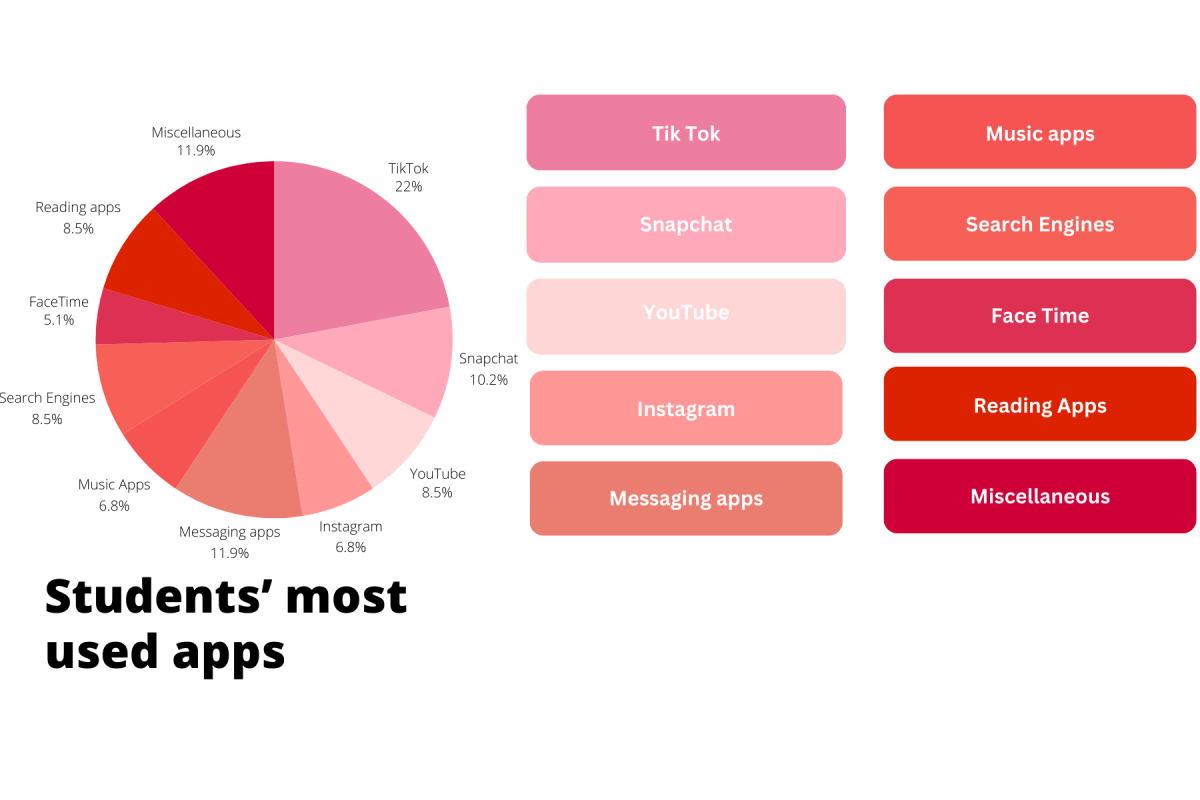
Although there are risks to using technology, many schools rely on screens to teach, learn, stay organized and for pleasure. Additionally, technology can be used for medical advances. Some doctors say that screens give an opportunity for scientists to research further on electronics before making major advances.
“Technology [carries] some risks, and we need to study and understand what those risks are,” Gaier said.“There are lots of people trying to study and understand technology, [which is] very important. I think we also need to look at and consider the potential benefits [of technology] and the opportunities to treat conditions and make people’s lives easier through convenience. It also affords an opportunity for innovation in medicine and science.”
This story was originally published on Wayland Student Press on April 6, 2024.

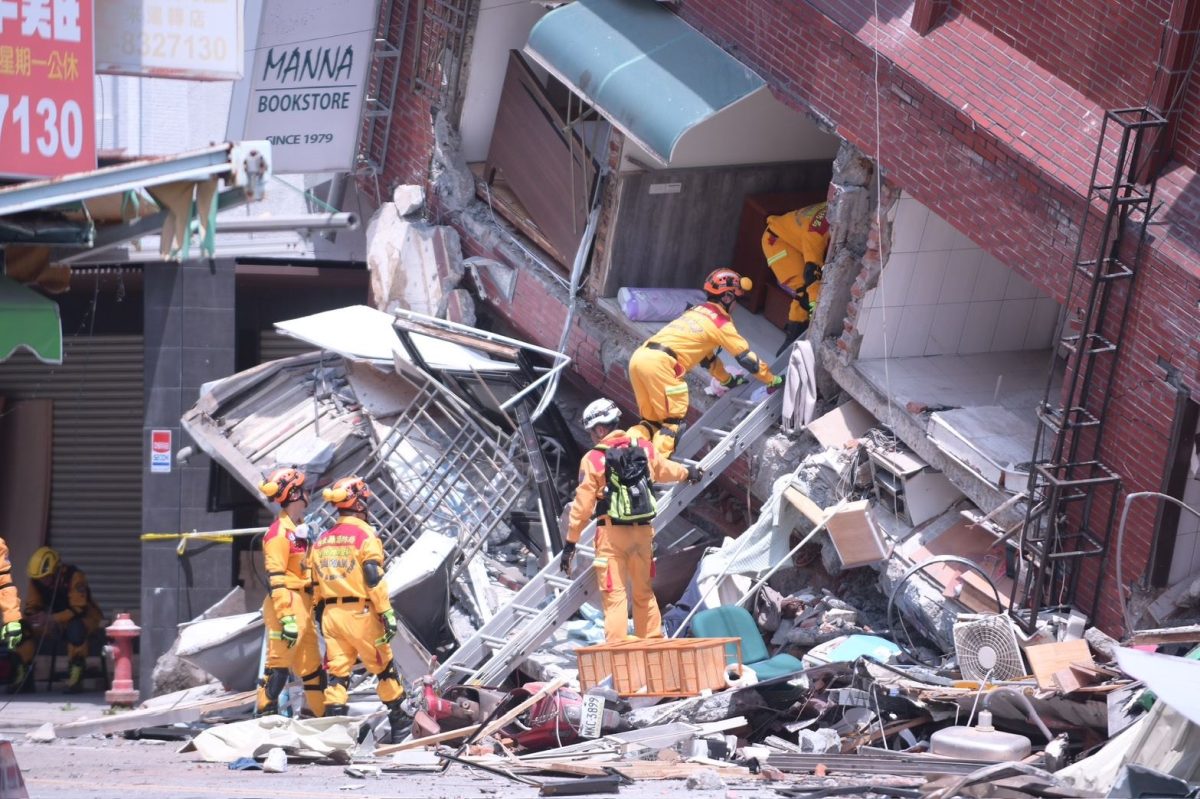
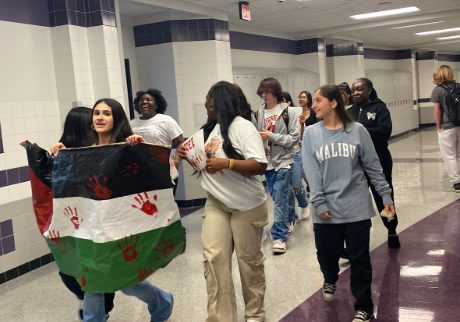


![With the AISD rank and GPA discrepancies, some students had significant changes to their stats. College and career counselor Camille Nix worked with students to appeal their college decisions if they got rejected from schools depending on their previous stats before getting updated. Students worked with Nix to update schools on their new stats in order to fully get their appropriate decisions. “Those who already were accepted [won’t be affected], but it could factor in if a student appeals their initial decision,” Principal Andy Baxa said.](https://bestofsno.com/wp-content/uploads/2024/05/53674616658_18d367e00f_o-1200x676.jpg)
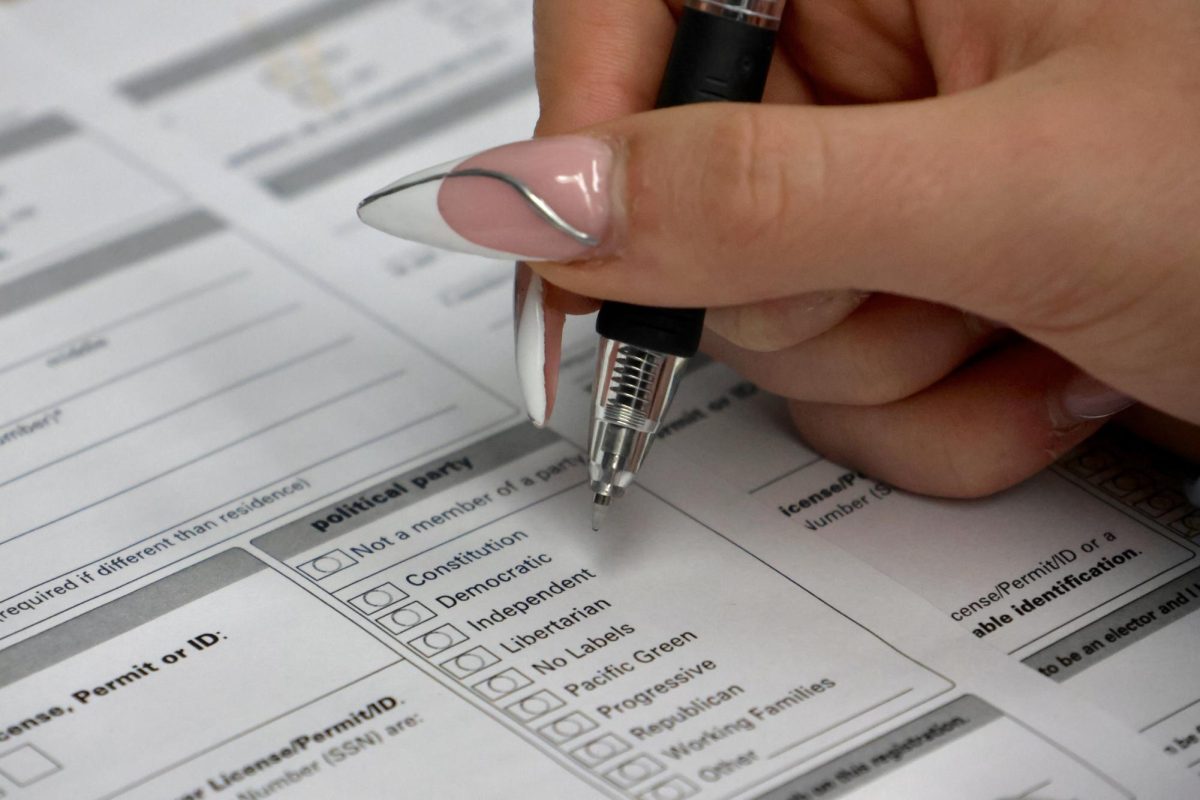


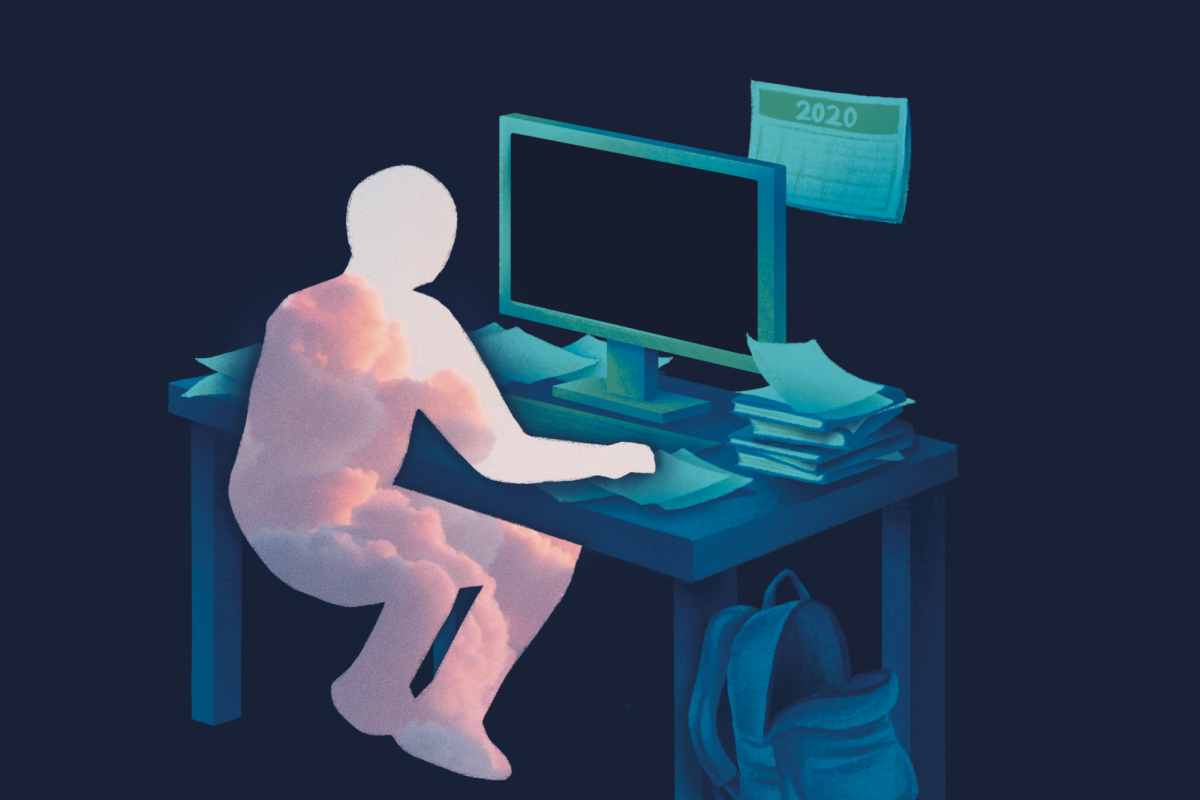

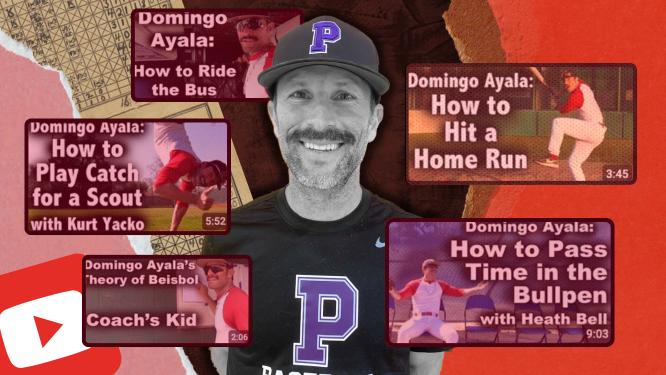
![Junior Mia Milicevic practices her forehand at tennis practice with the WJ girls tennis team. “Sometimes I don’t like [tennis] because you’re alone but most of the time, I do like it for that reason because it really is just you out there. I do experience being part of a team at WJ but in tournaments and when I’m playing outside of school, I like that rush when I win a point because I did it all by myself, Milicevic said. (Courtesy Mia Milicevic)](https://bestofsno.com/wp-content/uploads/2024/06/c54807e1-6ab6-4b0b-9c65-bfa256bc7587.jpg)
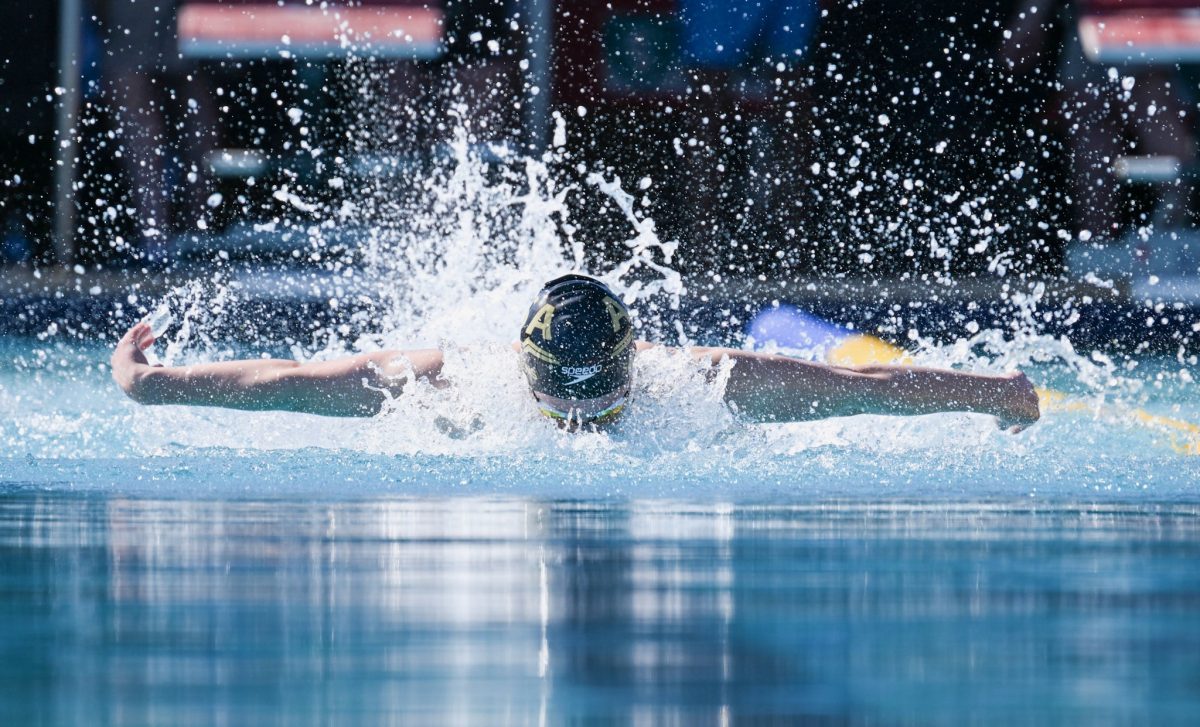
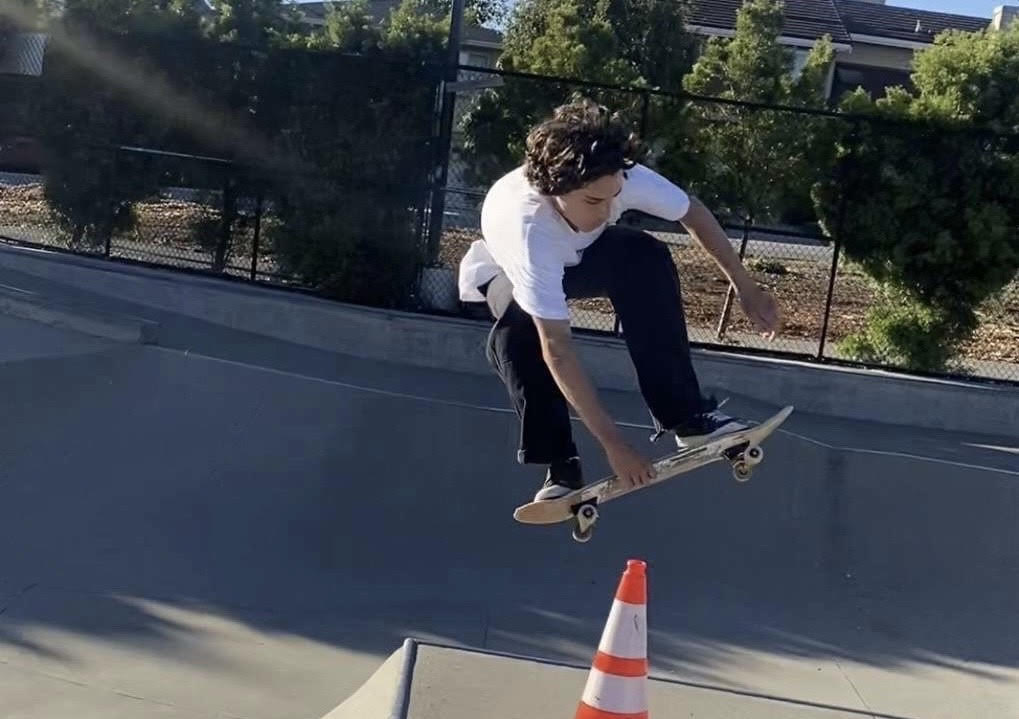

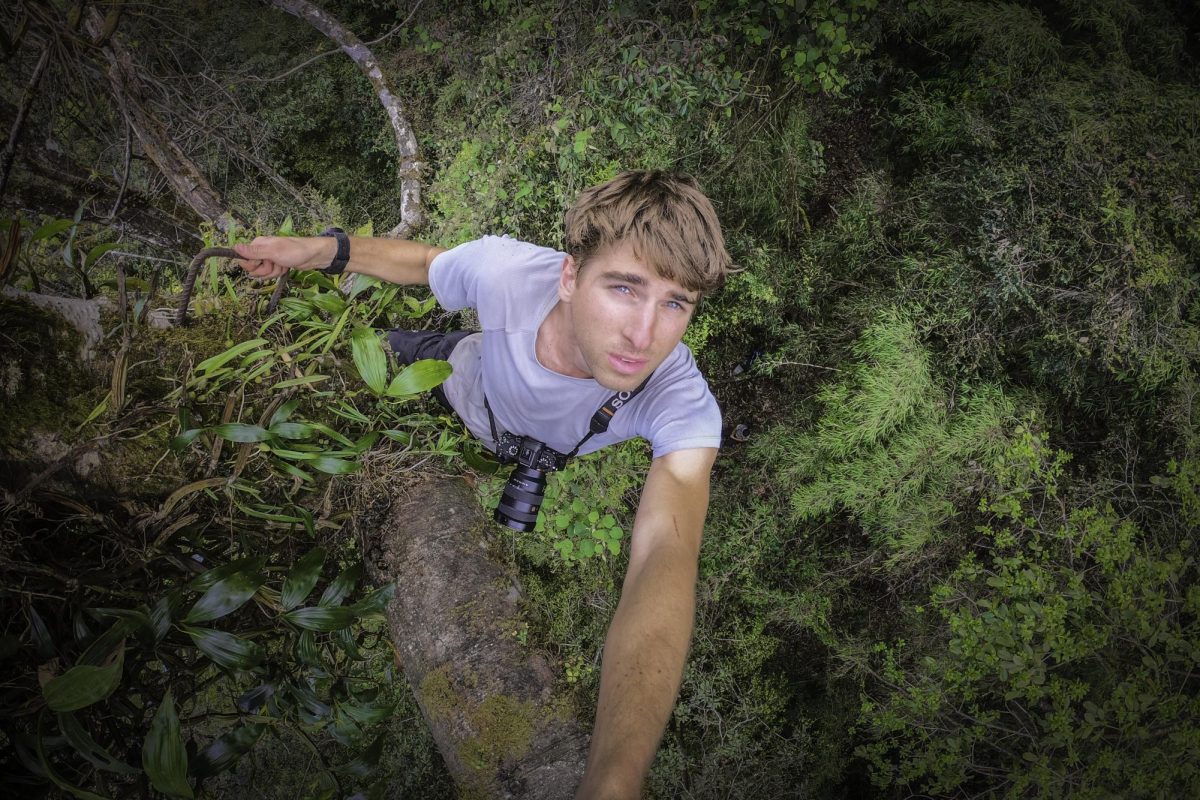

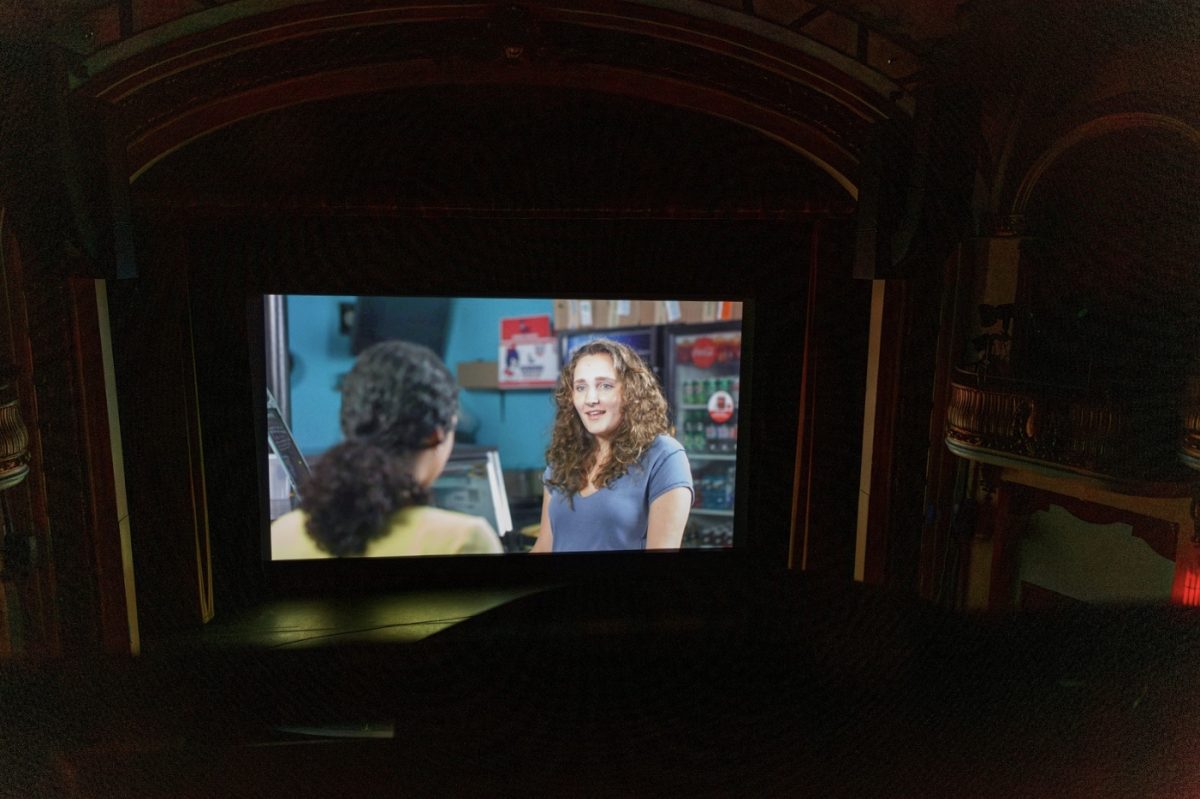

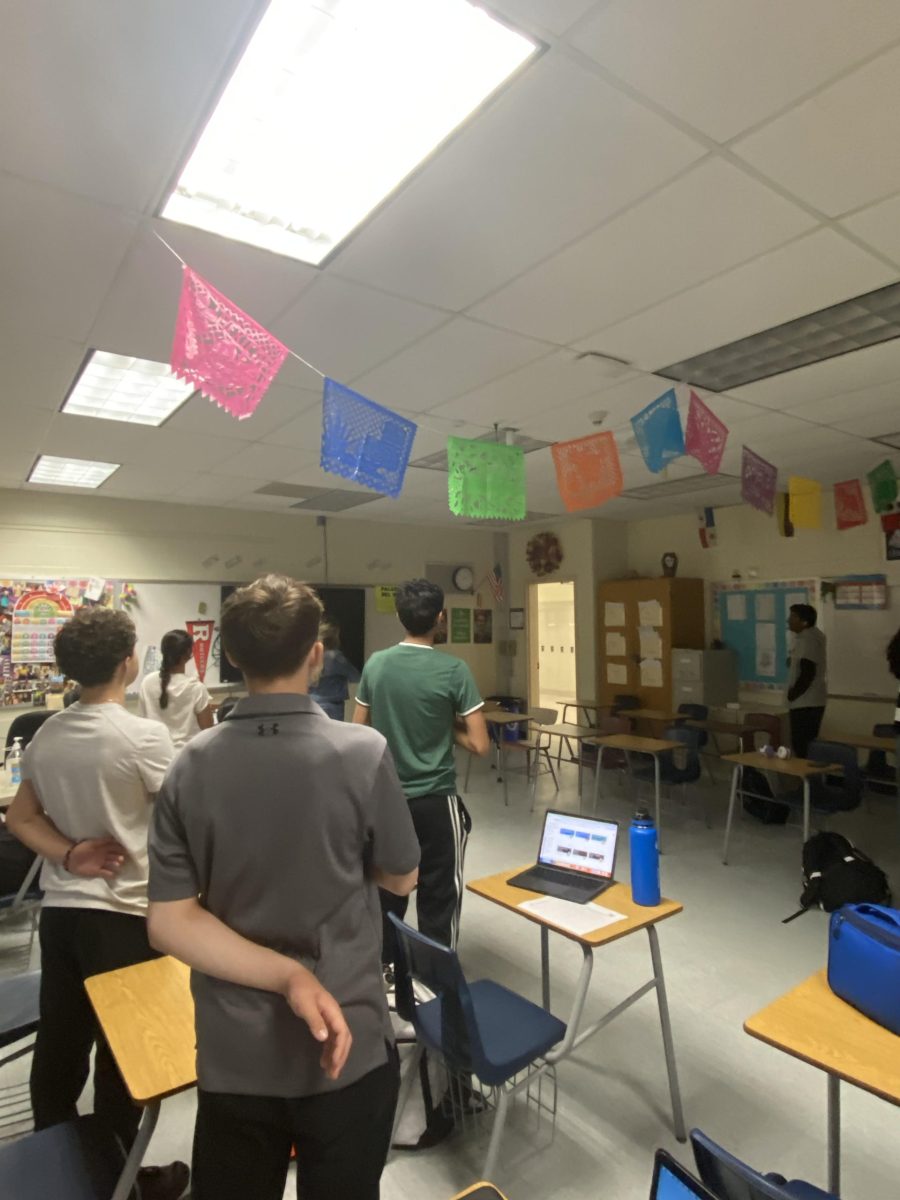
![The Jaguar student section sits down while the girls basketball team plays in the Great Eight game at the Denver Coliseum against Valor Christian High School Feb. 29. Many students who participated in the boys basketball student section prior to the girls basketball game left before half-time. I think it [the student section] plays a huge role because we actually had a decent crowd at a ranch game. I think that was the only time we had like a student section. And the energy was just awesome, varsity pointing and shooting guard Brooke Harding ‘25 said. I dont expect much from them [the Golden Boys] at all. But the fact that they left at the Elite Eight game when they were already there is honestly mind blowing to me.](https://bestofsno.com/wp-content/uploads/2024/05/IMG_7517-e1716250578550-900x1200.jpeg)

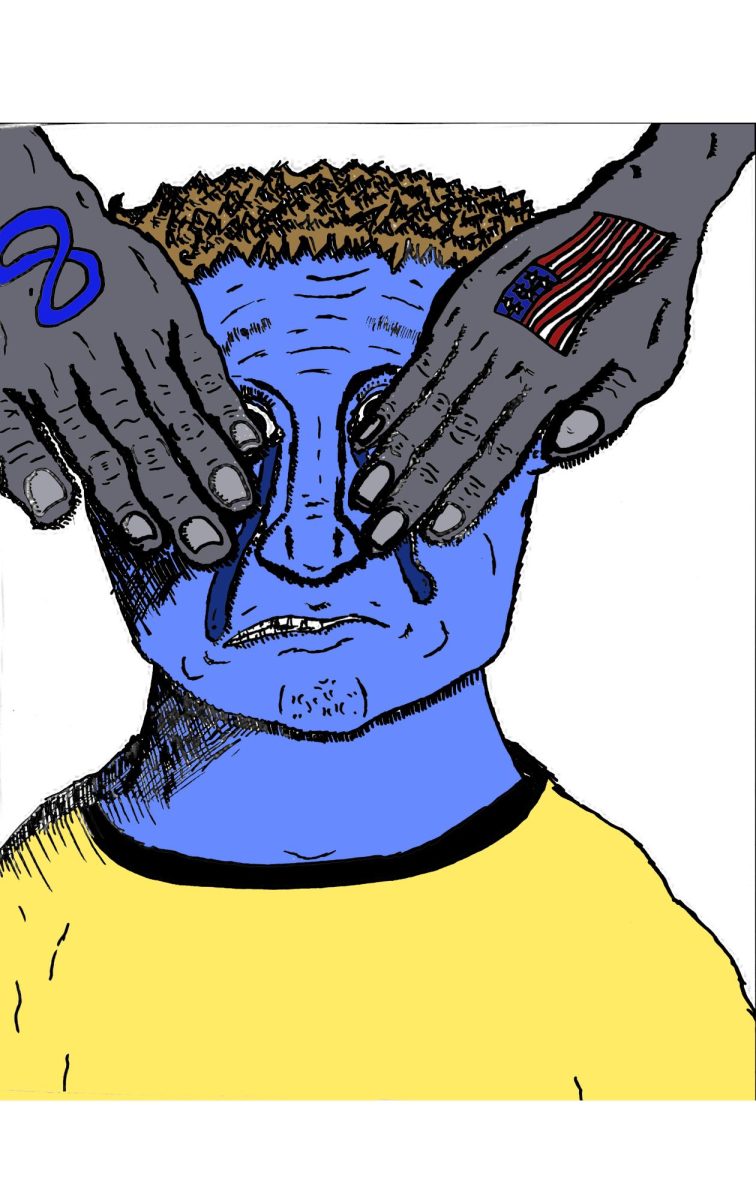


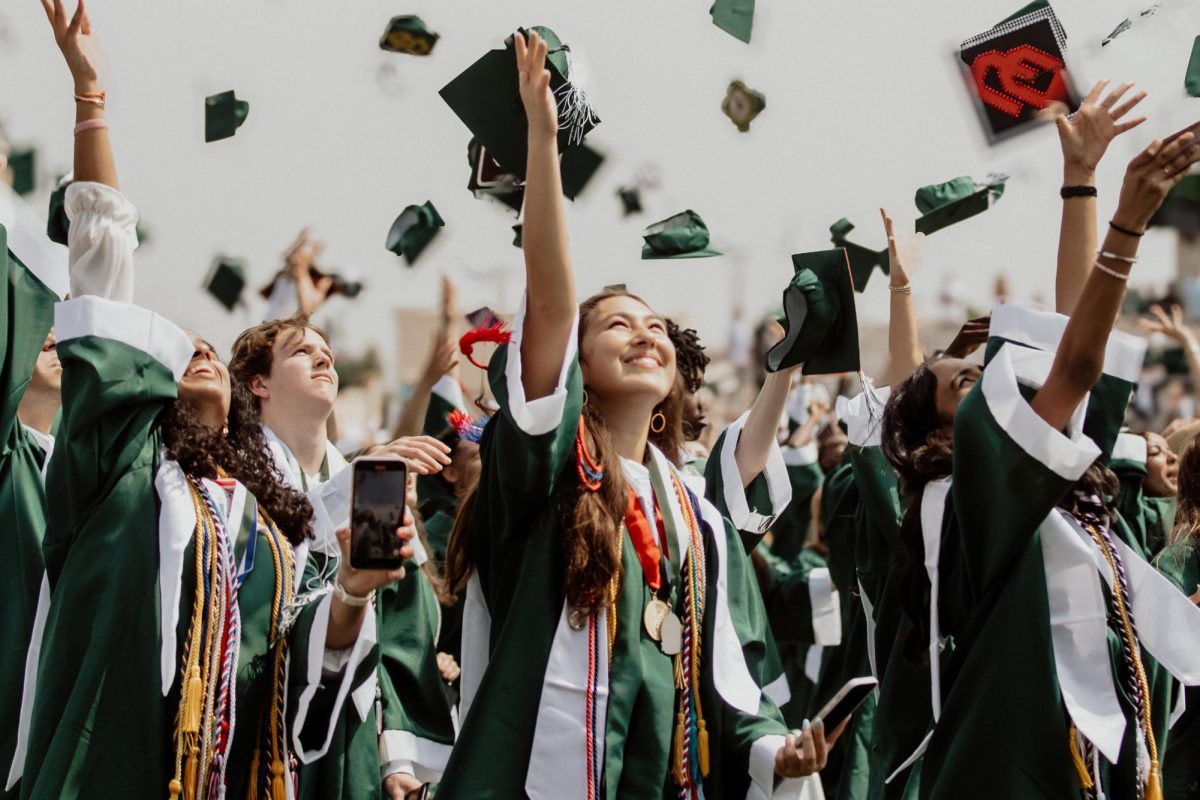
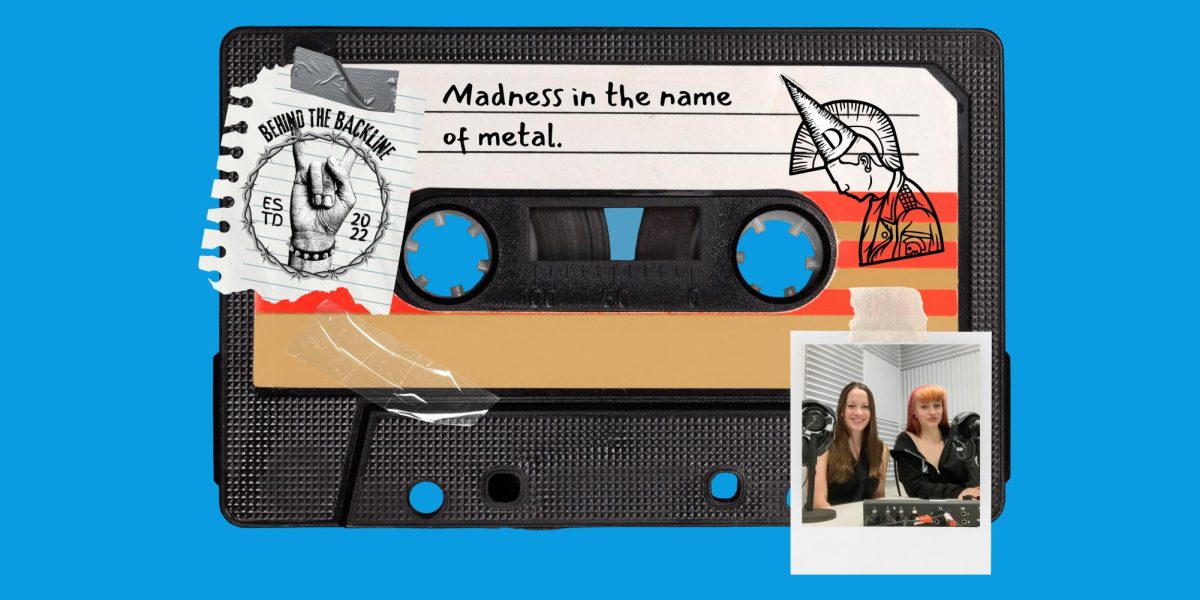
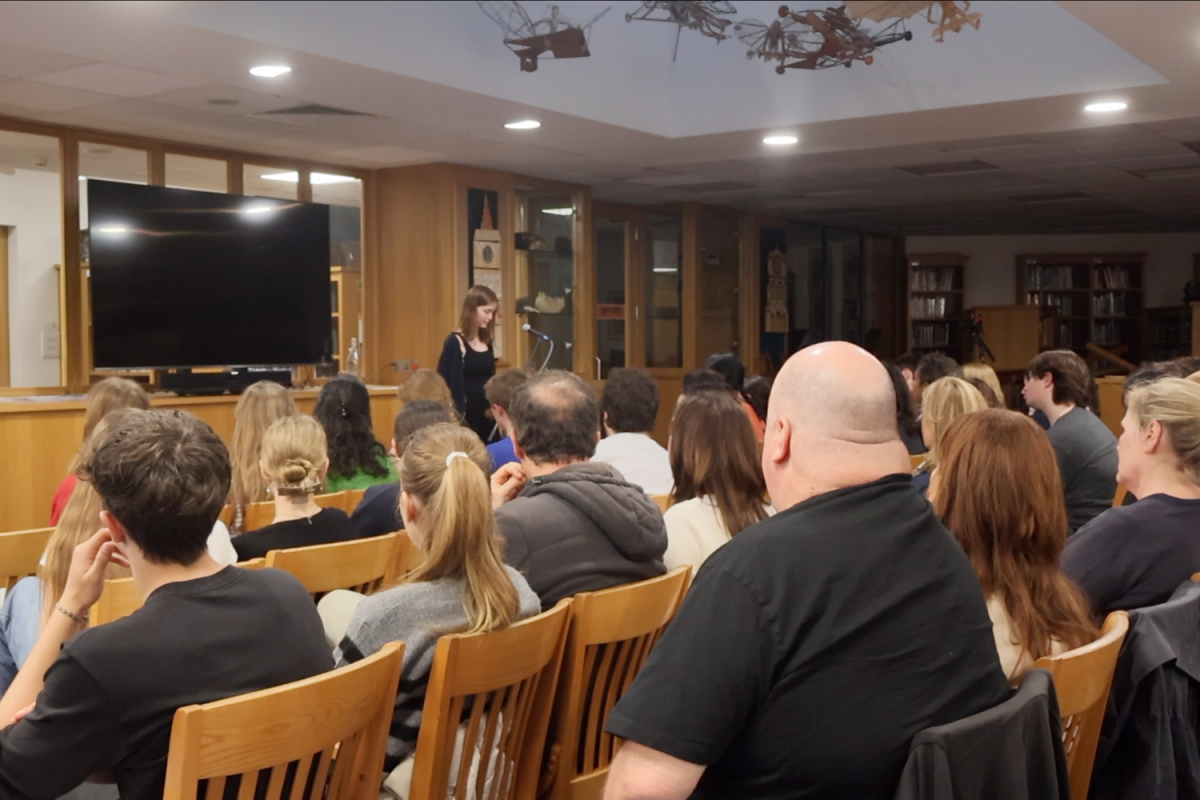


![BACKGROUND IN THE BUSINESS: Dressed by junior designer Kaitlyn Gerrie, senior Chamila Muñoz took to the “Dreamland” runway this past weekend. While it was her first time participating in the McCallum fashion show, Muñoz isn’t new to the modeling world.
I modeled here and there when I was a lot younger, maybe five or six [years old] for some jewelry brands and small businesses, but not much in recent years,” Muñoz said.
Muñoz had hoped to participate in last year’s show but couldn’t due to scheduling conflicts. For her senior year, though, she couldn’t let the opportunity pass her by.
“It’s [modeling] something I haven’t done in a while so I was excited to step out of my comfort zone in a way,” Muñoz said. “I always love trying new things and being able to show off designs of my schoolmates is such an honor.”
The preparation process for the show was hectic, leaving the final reveal of Gerrie’s design until days before the show, but the moment Muñoz tried on the outfit, all the stress for both designer and model melted away.
“I didn’t get to try on my outfit until the day before, but the look on Kaitlyn’s face when she saw what she had worked so hard to make actually on a model was just so special,” Muñoz said. “I know it meant so much to her. But then she handed me a blindfold and told me I’d be walking with it on, so that was pretty wild.”
Caption by Francie Wilhelm.](https://bestofsno.com/wp-content/uploads/2024/05/53535098892_130167352f_o-1200x800.jpg)

